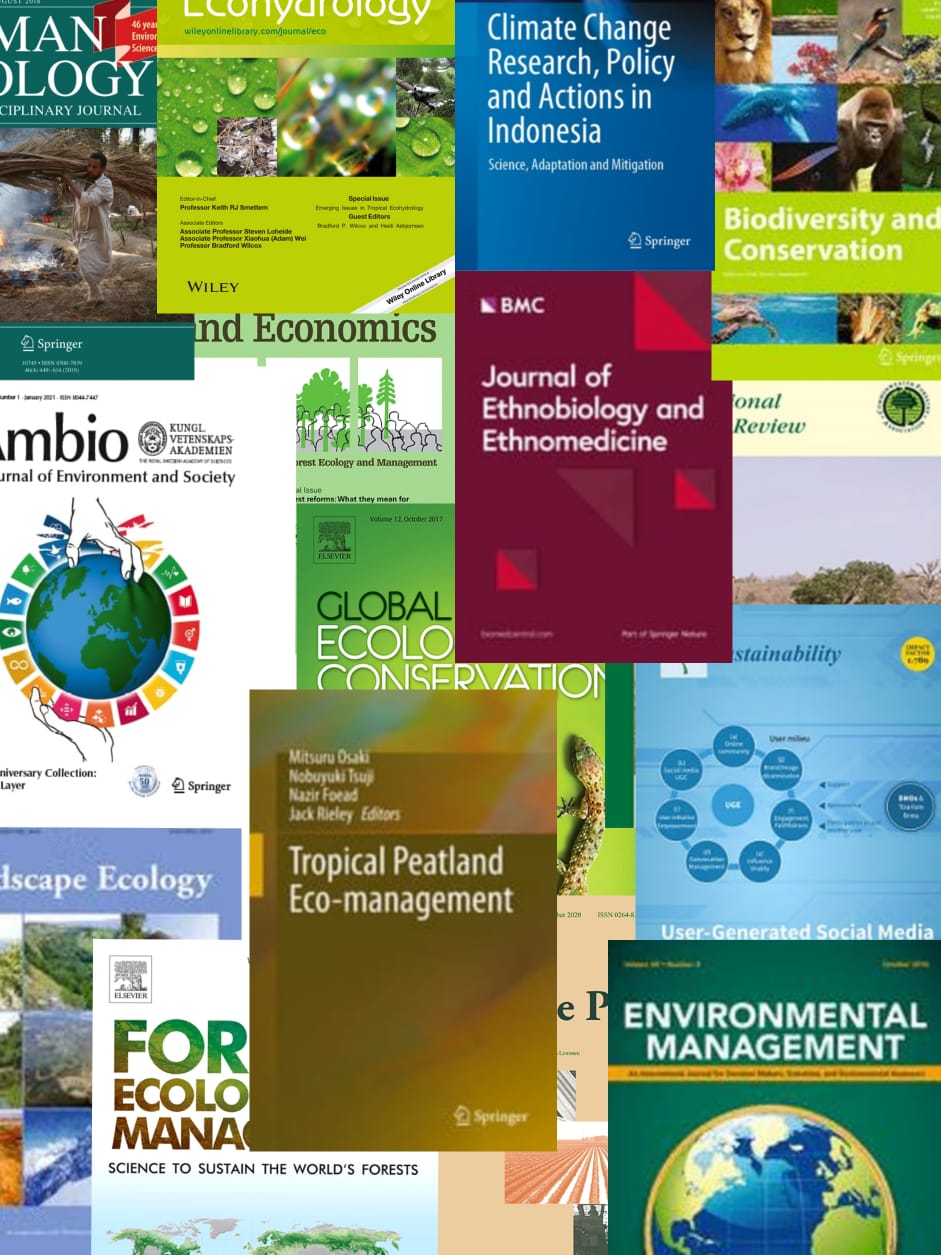The article is focused to the economic evaluation of two types of proposed forests in Central Vietnam, pure plantations formed by fast-growing trees species Acacia mangium or hybrids between Acacia mangium and Acacia auriculiformis and mixed stand where acacias are completed by slow-growing noble hardwoods native in Vietnam which bring more valuable timber assortments. The large pure plantations produce quick profit due to their short rotation cycle but they also cause environmental difficulties such as loss of biodiversity, higher rate of erosion, loss of soil fertility etc. These disadvantages are aggravated because farmers use after each cycle the strategy slash-and-burn which brings about the soil degradation through higher rate of erosion and loss of nutrients which are washed away. Proposed mixed forests are formed in the area of approximately 82 hectares by acacias and noble hardwoods. Acacia rotation cycle is 5 years while noble hardwood cycle is 40 years. Noble hardwoods are planted in stripes which separate acacia segments. After the first rotation in acacia parts the new regeneration is carried out by the lower number of acacia seedlings because the requests of growing noble hardwood for larger space are calculated. The production data and management of mixed stands and pure plantation were taken from the forest management plan created for the area as the part of the development project. Other data (prices and labour costs) are average data found during the projects works. The results show that although the rotation cycle of slow-growing valuable tree species is eight times longer and initial financial inputs are higher, inner benefit percent is very similar (plantations 86,33% and mixed stands 78,09%) and average profit per hectare is higher in case of mixed stands than in case of pure plantations (plantations 461 $ and mixed stands 3924 $). Moreover, the environmental risks are reduced in mixed stands because the strategy slash-and-burn cannot be executed without risks of damages of noble hardwood stripes.

